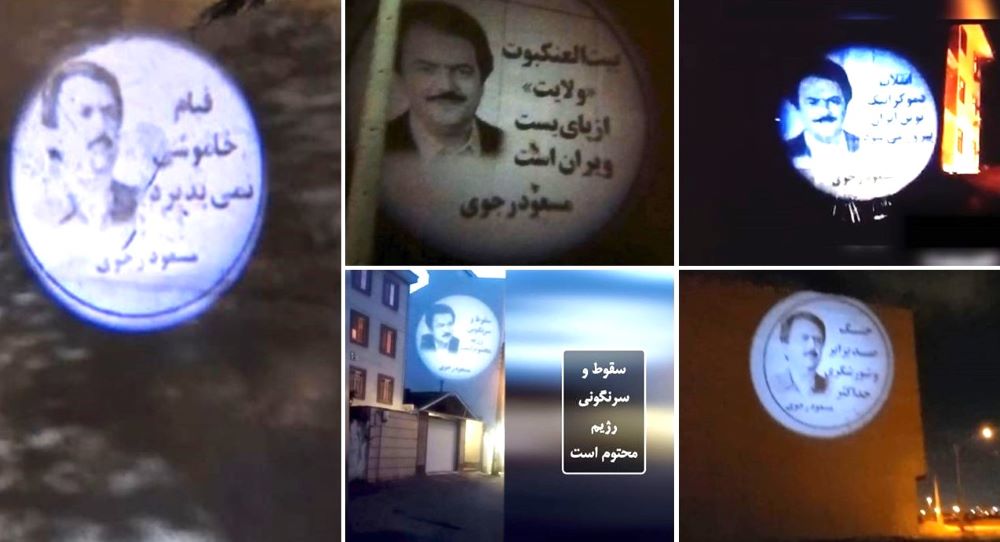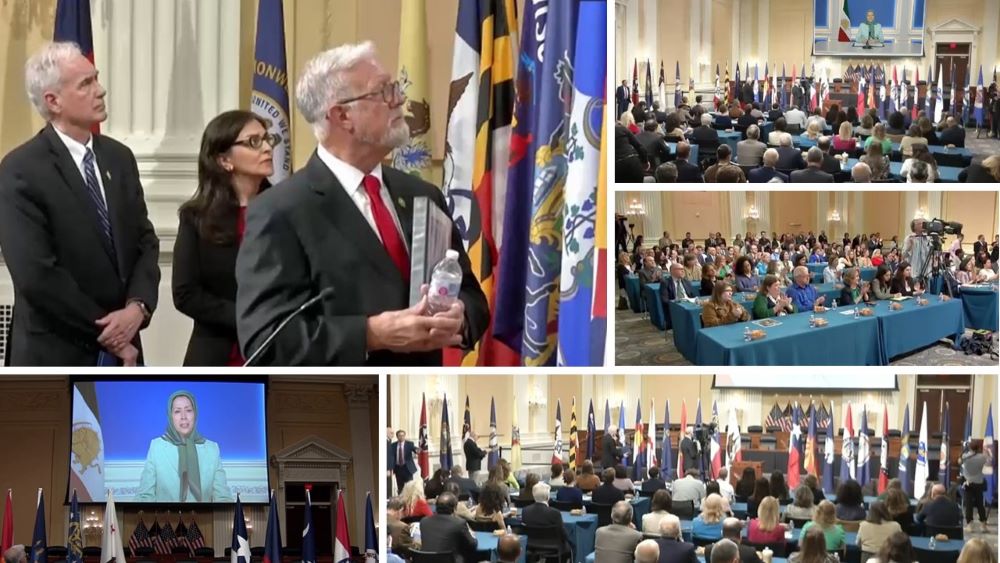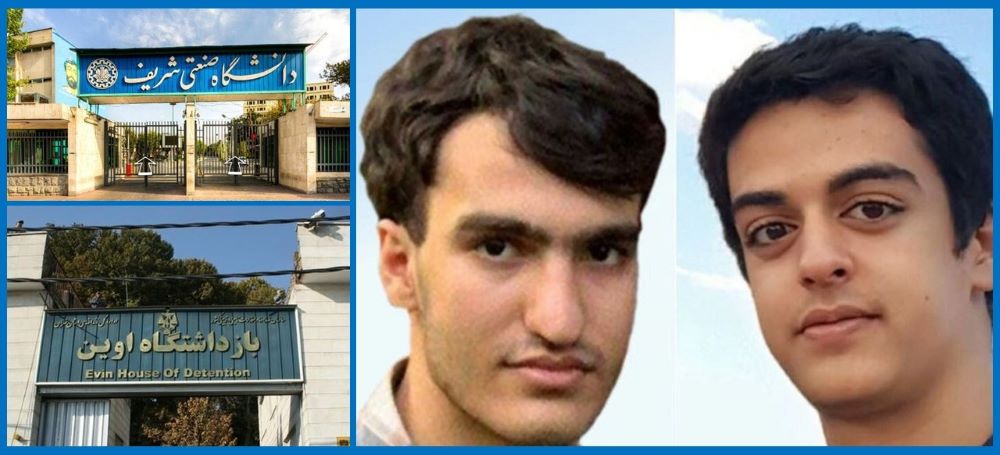Paris municipality holds exhibition in commemoration of victims of the 1988 massacre in Iran
On the International Day of the Forcibly Disappeared, the municipality of the 1st arrondissement of Paris held an exhibition in condemnation of the massacre of 30,000 Iranian political prisoners in 1988.
Several French dignitaries attended the event and delivered speeches on this crime against humanity.
The participants expressed their support for the 1988 massacre martyrs’ movement and called for an international investigation into this genocide, and the prosecution of regime officials as perpetrators involved in this crime against humanity. The list includes Iranian regime Supreme Leader Ali Khamenei, judiciary chief Ebrahim Raisi, former intelligence minister Mostafa Pourmohammadi and Justice Minister Alireza Avaie.
Images and various information about the martyrs, photos of mass graves in different cities across Iran, documents and evidence related to the massacre and genocide specifically targeting PMOI/MEK members and supporters for their dedication to their cause and remaining firm despite the regime’s atrocious prison conditions.
In a video massage to the Paris municipality exhibition, Mrs. Maryam Rajavi, the president-elect of the National Council of Resistance of Iran (NCRI), called for an end to the immunity that regime officals have been enjoying after murdering dissidents. Referring to Khomeini’s fatwa for the massacre of the MEK/PMOI, Mrs. Rajavi said:
In 1988, Khomeini, the founder of the mullahs’ religious dictatorship, penned the fatwa ordering the massacre of political prisoners.
He ordered the execution of every prisoner who remained loyal to the PMOI/MEK. The majority of them were serving and some of them had already finished serving their prison sentences. Khomeini’s death decree triggered a wave of killings in prisons across Iran to the extent that virtually no prisoner remained in any of the wards. But this was not enough for Khomeini. He ordered the re-arrest of throngs of PMOI/MEK supporters who had been previously released from prison. These arrestees were also swiftly executed.
She also noted that the perpetrators of this massacre continue to be among the highest officials of the Iranian regime. Mrs. Rajavi said, “31 years on, the perpetrators of this massacre continue to be among the highest officials of the Iranian regime. In recent months, Khamenei appointed one of the principal executioners involved in the 1988 massacre as head of the Judiciary. Another executioner is Rouhani’s Minister of Justice.
The regime also continues to refuse giving information on the victims of the 1988 massacre and the families of those massacred are still being persecuted. Despite passage of 31 years, they still do not know where their loved ones are buried.”
The Iranian opposition leader highlighted the role of the Iranian Resistance as the only alternative to the rule of the mullahs in Iran, and listed some of the plots that the regime has been conspiring against the PMOI/MEK and its terrorist activities across the world.
“Last year, for example, the mullahs had planned to bomb the Iranian Resistance’s annual gathering in Villepinte. Fortunately, their plan failed and the regime’s diplomat who had handed the bomb to the mercenary agents is imprisoned in Belgium. This incident proved that the regime is still pursuing Khomeini’s evil intentions and the policy of massacring their opponents.
On the international level, this policy amounts to meddling in the region, warmongering, massacre of the people of Syria, attacks on oil tankers, jeopardizing the safety of international waters, terrorism, and hostage-taking,” Mrs. Rajavi said.
“Now, what is the solution and what is the proper approach to this regime? The solution lies in the hands of the Iranian people and Resistance who seek the overthrow of this dictatorship. The international community will also have to recognize the desire of the Iranian people and Resistance if they want to get rid of the epicentre of fundamentalism and terrorism in the world.”
Calling on the
international community to take action on this long-silenced crime, Mrs. Rajavi
said, “The time has come for the international community to end three decades
of impunity for the clerical regime’s leaders in accounting for their crimes.
“The dossier of human rights violations in Iran,
particularly the massacre in 1988, must be referred to the UN Security Council.
“Khamenei and other leaders of the Iranian regime must face
justice for committing crimes against humanity.
“The United Nations must launch an international mission to
investigate the 1988 massacre in Iran.
“And the world must recognize the Iranian people’s right to
resist and fight for the overthrow of the ruling religious fascism.”
It’s worth reminding that in the summer of 1988, Ruhollah Khomeini, then-supreme leader of the Iranian regime, issued a Fatwa to massacre thousands of political prisoners, most of them PMOI/MEK members and supporters. The victims of the massacre were buried secretly in mass graves in unknown locations.
In addition to the PMOI/MEK, members of other Iranian dissident groups were also executed during the 1988 massacre.
Most of these prisoners were trialed and sentenced. Some of them had even finished their sentence, but were kept in jail and were sent to the gallows of the firing squad during the 1988 massacre.
For decades, governments around the world turned a blind eye on the killing of political prisoners and their secret burial, but human rights NGO’s including Amnesty international demand to put pressure on the Iranian regime to uncover the location of mass graves.
After 30 years, the families of the victims are still looking to identify the mass graves and learn the fate and whereabouts of their loved ones.





